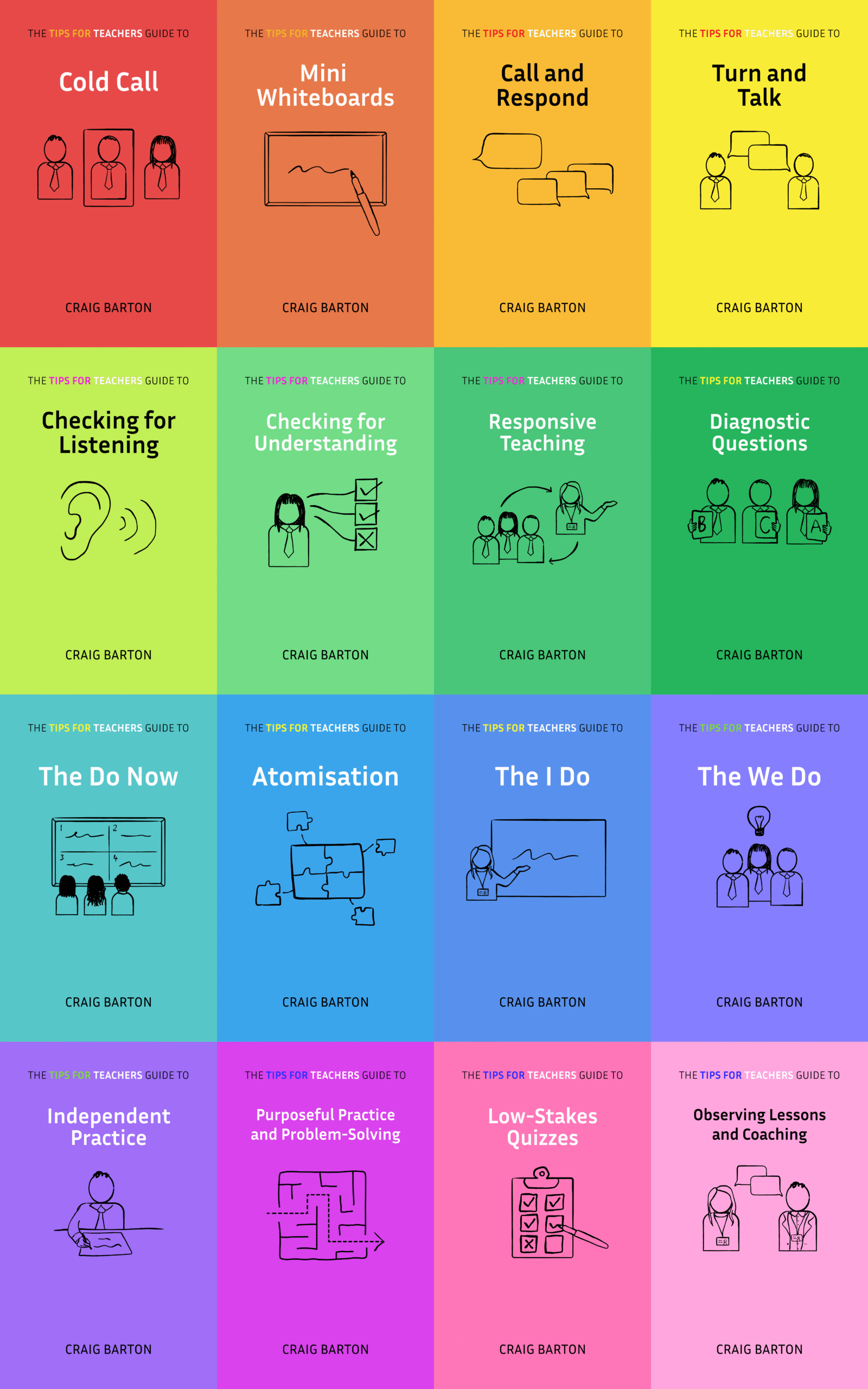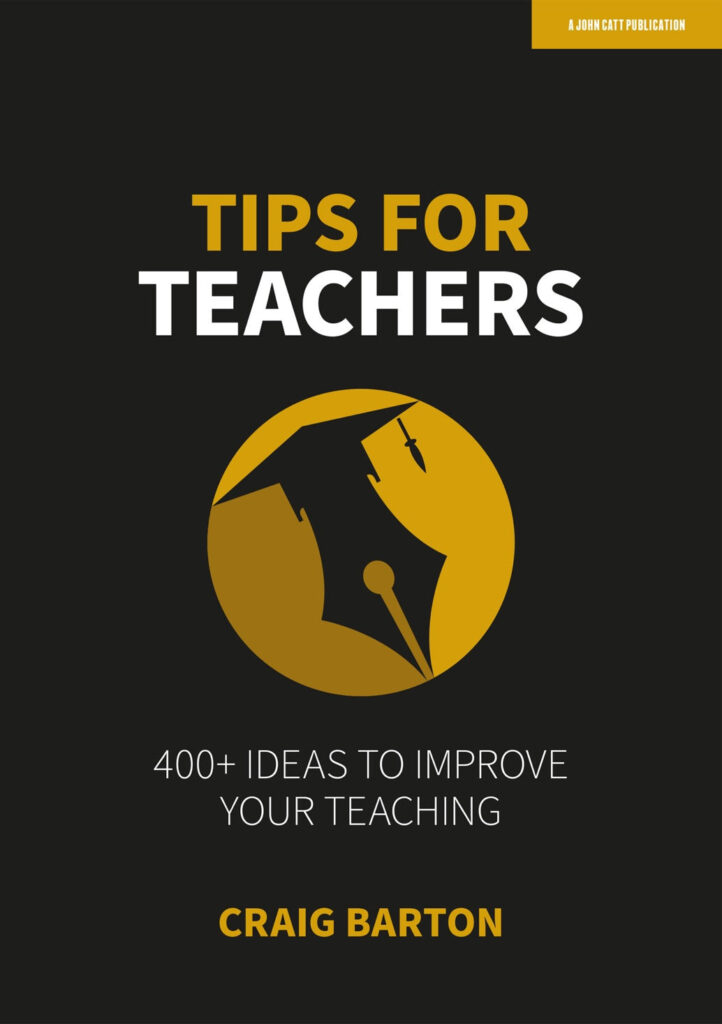
- Title: Features of Direct Instruction: Interactive Lessons
- Authors: Rolf and Slocum
- Access the original paper here
- Watch a video overview:
Paper summary
The discussion and review paper from Kristen R. Rolf and Timothy A. Slocum provides a detailed overview of Direct Instruction (DI), an educational approach designed to teach challenging academic content to diverse learners effectively. The authors explain that DI relies on a complex system of teacher-student interactions governed by structured instructional formats that specify question-answer sequences and systematically reduce scaffolding as students gain mastery. Key features discussed include the use of flexible skills-based groups, continuous active student responding, responsive teaching facilitated by unison vocal responses, and comprehensive data-based decision making for placement and pacing adjustments. Ultimately, the paper aims to clarify DI’s critical components to ensure instructional designers and practitioners can implement existing programs effectively and incorporate these features into new educational materials.
If teachers remember one thing from this study, it should be…
Direct Instruction programs only represent potential; teachers realise this through responsive interactions. Maximise active student responses to gain moment-to-moment data. Adjust pacing, corrections, and practice based on student performance to ensure mastery.
***Paper Deep Dive***
What are the technical terms used in the paper?
Instructional Formats are scripted teacher-student exchanges.
Active Student Responding (ASR), often via group unison, maximises practice and provides data.
Scaffolding is systematic support reduction to achieve Mastery Teaching of challenging content.
What are the characteristics of the participants in the study?
The Direct Instruction (DI) approach is designed for a wide range of learners, including typically developing students and those with significant disabilities. Instruction is often delivered in flexible skills-based groups (2–12 students) determined by their homogenous instructional needs.
What does this paper add to the current field of research?
This paper clarifies the critical features of Direct Instruction (DI) lesson presentation and teacher–student interaction, defining their functions and demonstrating how they are interwoven. The goal is to enable practitioners to use existing DI programs effectively and incorporate these features into newly developed programs.
What are the key implications for teachers in the classroom?
The key implications of Direct Instruction (DI) for teachers in the classroom revolve around their active, skilled role in delivery, their responsiveness to student data, and the precise management of instructional interactions to ensure mastery.
If teachers are implementing DI programs or designing new instruction, the critical implications include:
1. Mastering Presentation and Interaction Skills
- Instructional Formats are Essential Tools, Not Substitutes: Teachers must understand that DI programs, while highly specified and scripted, only represent potential; their potential is only realised through the actual interactions that take place between teachers and students.
- Highly Skilled Delivery is Required: Teachers are comparable to actors in a Shakespearean play—they must present instructional formats with a range of expressivity, emphasis on key words and phrases, and controlled speed of speech. This ensures words are maximally comprehensible, supports correct responding, and helps motivate students.
- Control Pacing Based on Performance: Teachers must adjust their rate of speech and “think time” based on student responses. When the material is new or difficult, they must speak clearly and emphasise key words; when the material is easy or practised, they should speak more quickly to save time, keep students active and alert, and provide variety.
2. Maximising Active Student Engagement and Data Collection
- Implement Frequent Active Student Responding (ASR): Teachers must actively promote frequent ASR throughout every lesson. The primary functions of ASR are enhancing learning directly through active practice and providing the teacher with moment-to-moment information about student skills.
- Utilise Group Unison Responses Effectively: Teachers should skillfully use group unison vocal responses, which allow each student to respond to every question and enable the teacher to assess each student’s accuracy on each item, making group instruction efficient and powerful.
- Strategic Use of Individual Turns: Individual turns should be used strategically to spot-check mastery, targeting items that caused errors or students who made errors. When giving individual turns, teachers should use the “question/pause/name” procedure to encourage covert engagement among students not selected to respond.
3. Engaging in Ongoing Data-Based Decision Making
- Ensure Accurate Student Placement: Prior to instruction, teachers must use placement tests and mastery tests to ensure students are grouped according to homogeneous skills and are placed at their precise instructional level. Correct placement prevents wasted time on mastered material, ensures students are challenged, and avoids frequent corrections that can lead to problem behaviour.
- Responsive Corrections and Practice: Within the lesson, teachers must constantly monitor student responses to make instant decisions.
- If students err, the teacher must immediately engage in the specified correction procedure (e.g., model, test, delayed test).
- Teachers must use the “repeat until firm” instruction found in many formats to provide additional practice until the entire group responds correctly to all items, ensuring mastery.
- Adjusting Pace and Intensity (Fast Cycle): Teachers must use data from daily performance and mastery tests (given approximately every 10 lessons) to make decisions about accelerating or slowing down the pace. They can accelerate progress (using the “fast cycle”) by skipping designated exercises, or slow down by repeating difficult exercises, repeating entire lessons, or scheduling additional instructional time for those who need it.
In summary, the key implication is that the teacher is the dynamic force that translates the carefully designed curriculum into effective learning by being exquisitely sensitive to student performance and adjusting instruction accordingly.
Why might teachers exercise caution before applying these findings in their classroom?
Teachers might exercise caution because the highly specified programs represent only potential. The complexity of the system and its underlying structure are often obscured. Teachers might exercise caution because the highly specified programs represent only potential. The complexity of the system and its underlying structure are often obscured by scripts, making it difficult for unfamiliar teachers to detect the critical features or understand the function of exercises.
What is a single quote that summarises the key findings from the paper?
“An instructional program, at best, represents potential. For its potential to be realized, the instructional program must influence the actual interactions that take place between teachers and students”








